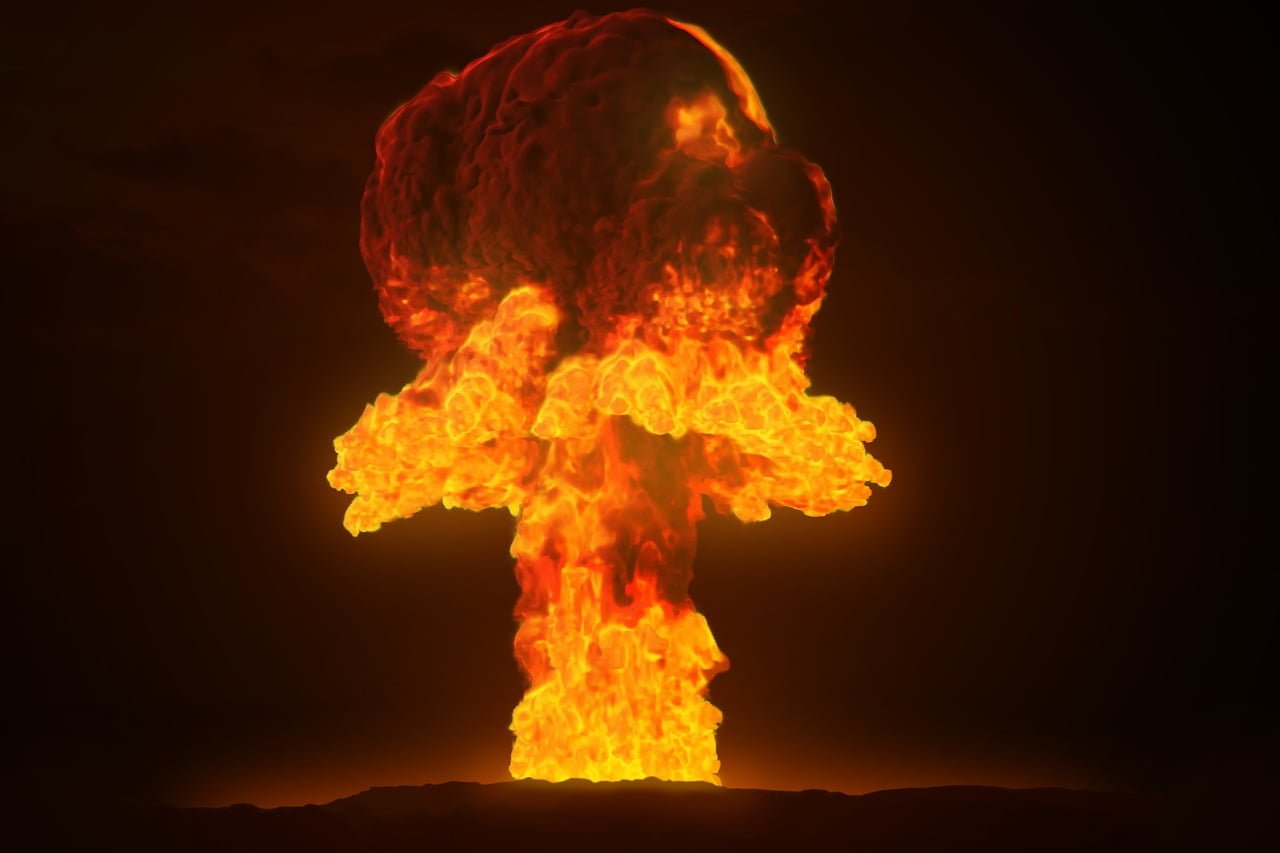The newly upgraded B61-12 nuclear gravity bomb was successfully tested for the third time in the Nevada desert on October 20.
After the light test, conducted by the U.S. Air Force and the National Nuclear Security Administration (NNSA), U.S. officials claimed that the launch proves Washington’s “continued commitment to security,” according to NNSA.
Updated nuclear bomb performs third successful test
This latest test took place at Tonopah Test Range in Nevada, although the bomb did not contain any enriched nuclear material. NNSA Deputy Administrator said that the the test “provides additional evidence of the nation’s continued commitment to our nation’s security and that of our allies and partners.”
“This demonstration of effective end-to-end system performance under representative delivery conditions marks another 2015 achievement in the development of the B61-12 Life Extension Program,” she added.
When fully operational the B61-12 is a nuclear gravity bomb, although the test flight only employed “representative non-nuclear components but no highly enriched uranium or plutonium, consistent with test treaty obligations,” said a statement released on Monday.
Life Extension Program designed to maintain nuclear deterrent
The bomb was released by an F-15E warplane from Nellis Air Force base, and the B61-12 “demonstrated successful performance in a realistic guided flight environment.” “All scheduled activities occurred successfully” and “telemetry and video data were properly collected,” it continued.
Researchers performed the launch as part of the B61-12 Life Extension Program (LEP) which is designed to repair or replace existing components of U.S. nuclear weapons to “ensure the ability to meet military requirements.” Testing of the new bomb began in July, and October’s launch was the last of three tests.
According to the NNSA the LEP allows for the maintenance of a viable nuclear deterrent without developing new weapons or conducting live underground tests. The program was launched in February and could see the life of a weapon extended by 20-30 years.
Anti-proliferation advocates criticize new bomb
However the $8 billion upgrade program is not without its critics. Anti-proliferation advocates have accused U.S. officials of disguising the fact that they have built a new weapon, breaking President Obama’s promise not to construct new nuclear bombs. It is thought that the B61-12 will replace all earlier versions of the B61, including the B61-3, B61-4, B61-7, and B61-10.
The NNSA says that the new B61-12 has the same capabilities as previous versions of the bomb and will not be guided by GPS. The U.S. Congress established the NNSA in 2000 as a semi-autonomous agency within the U.S. Department of Energy, which has a mandate of “enhancing national security through the military application of nuclear science.”
The expensive upgrade has drawn criticism because the B61 is a “dumb” bomb that has no place in modern day U.S. or NATO nuclear doctrine. However one of the upgrades is a set of moving fins that allow the bomb to be guided more accurately to its target. The yield can also be adjusted before launch, which some argue make it more usable and therefore more dangerous.
Senior U.S. officials considered use of nuclear weapons in Iraq
It should never be a good idea to think of a nuclear bomb as usable, but some U.S. military officials certainly appear to see it as a positive. Former U.S. Air Force Chief of Staff General Norton Schwartz acknowledged that the changes could affect how leaders think about using the B61. “Without a doubt. Improved accuracy and lower yield is a desired military capability. Without a question,” he said.
Nuclear weapons were never meant to be used because of the huge, lasting damage that they would cause. If their use becomes a genuine consideration then the world is a far more dangerous place.
Former U.S. Vice President Dick Cheney ordered Colin Powell, then chair of Joint Chiefs of Staff, to assess how many tactical nuclear weapons it would take to destroy an armored division of Saddam Hussein’s Republican Guard. According to a new biography of George W. Bush, Powell was uncomfortable ordering the analysis but he did it anyway.
The fact that senior U.S. figures seriously contemplated the use of nuclear weapons goes to show that newer more “usable” bombs may in fact may the world less safe. That is one of the major criticisms of the B61-12, which although it may not be an entirely new weapon, could cause a shift in attitude towards the use of nuclear weapons.
Non-proliferation advocates appear to have lost the fight to keep the B61-12 from being deployed, and now it must be hoped that future military officials are not tempted to use it.




